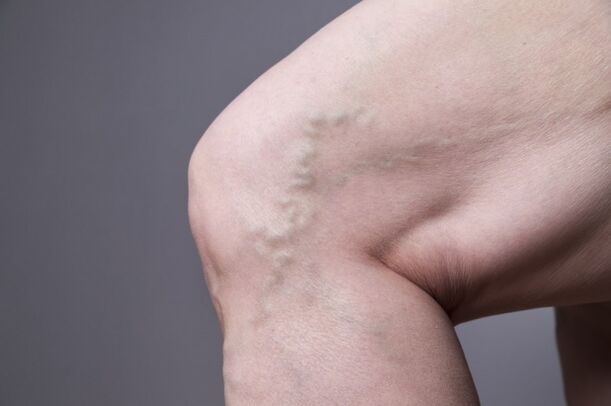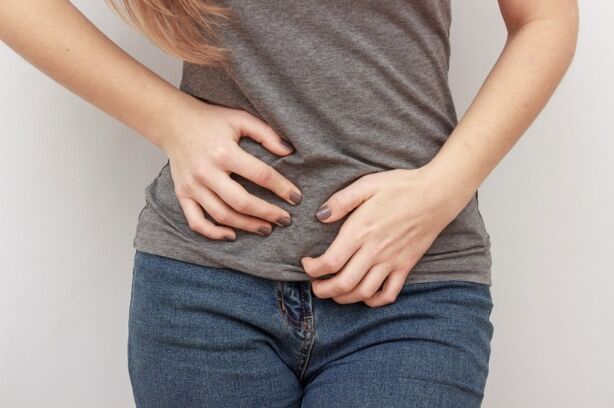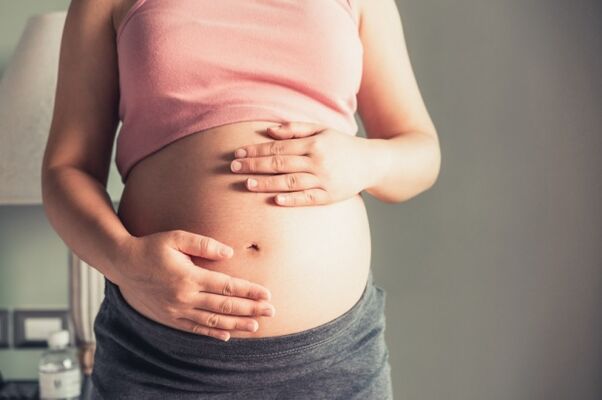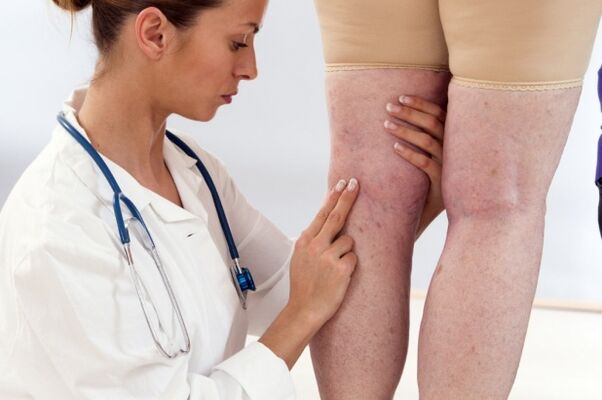Chronic venous shortcomings and varicose veins are widespread: According to statistics, each third person faces developed countries.The special risk group includes representatives of fair gender that provides both physical and psychological concerns.In this article, what the vascular diseases have occurred in women, their signs and symptoms, what to do for the treatment and prevention of these diseases.
Varicosis Visilies: Reasons for Varicosis Veins in Women
According to statistics, men suffer from varicose veins than women who have been 1.5 times more often than 1.5 times more often.What caused the characteristics of this pathology?

- Hormonal background features.In the monthly period, the woman is exposed to the background of hormonal and these changes are more important during pregnancy, birth, lactation and menopause.Women's sex hormones (estrogen and progesterone) have a direct impact on the stainful walls and blood viscosity.
- Hormone therapy.Integrated oral contraceptives are taking the hormone therapy and taking a hormonal background, thus causing a change in the body estrogen and progesterone.
- To wear shoes in heel and tight pants.Unknown shoes, narrow underwear and jeans - all this leads to a violation of blood flow in the lower extremities and the pelvis, leads to the development of varicose veins.
In addition, only women, conditions for the development of pathology, women Varicosis vessels can provoke the following factors:
- A genetically identified inclination.According to statistics, if one of parents suffered from this pathology, there is a tendency to varicose veins.
- Weight excess weight.Obesity is one of the factors in the formation of varicose veins due to the increase in the pressure of lower extremities.
- Excessive load on their feet.If you are engaged in professionally working, jumping or strengthlifting, useful conditions are created for the development of problems in the veins.
- Breach of blood circulation causing a fixed pose.It is a serious condition for the development of these vascular diseases to sit or stop or stand in the day.
- Unstable nutrition.Losses a diet, weak fiber, vitamins and trace elements, inflexuely affecting the walls of blood vessels and blood.In addition, an unbalanced diet can also lead to constipation that can cause changes in the veins - especially in the vulgarosis of the pelvis.
- Diseases of endocrine and cardiovascular systems.Endocrine disorders, in turn, provoking changes to the hormonal background, which has become prerequisites for the development of varicose veins.Cardiovascular pathologies (especially in hypertension) are also provoking the development of problems in the veins.

Varicosis of pelvic vessels in women
Pathological expansion of pelvis ships is a common problem that faced 15-25% of reproductive women.This disease is often a mistake for localized contagious and inflammatory processes in the reproductive organs of the female genitourinary system.In connection with the wrong diagnosis, inappropriate treatment is determined and the patient does not receive relief.As a result, the diagnosis of pelvisi varicose veins and adequate therapy are the actual problem of modern phlebology and gynecology.
Blood supply to pelvic bodies, as well as venous plexus, as well as venous plexes, bubble-vaginal, giant, rectum plexus, etc.Usually, the following buildings arise as a result of blood stagnation:
- The way of life sitting;
- Previously gynecological diseases were transferred;
- Hormonal background violation (especially at a high level of estrogen);
- History of pregnancy and childbirth;
- congenital and acquired tissue disorders (ie a disadvantage of collagen).
The idea of thinking, the sign of this vascular disease in women is the presence of chronic pelvic pain syndrome.It is represented by pain in the lower abdomen, whipping into a pubic area, sacrum and crotch.
The peak of pain is usually in the second half of the menstrual period, which is completed with severe premenstrome syndrome and dismenorea.Psychosomatic disorders can connect to the marked symptoms.

As mentioned above, the diagnosis of pathology can be misleaded as symptoms of the symptoms of this disease of the veins in women.Therefore, properly diagnosed, transvaginal ultrasound, dopplerography, phlebography, in some cases, diagnostic laparoscopy will be required.
Both conservative and operating approaches are used to treat a small pelvis vascular veins.
In the first case, the purpose of therapy is the normalization of the tone of venous walls, blood flow and blood viscosity.Hirudotherapy sessions, ultrasound and magnitude to patients to solve these problems are determined to train exercise therapy.If the conservative therapy of this disease of the pelvis is unaffected, surgical intervention is conducted by sclerosis or embolization with veins in pregnant women.
Problems with Vienna in pregnant women
Varicosis vessels are the most pregnant women's problem.During the gestation, the expected mother's body is due to changes in the body.During this period, there is a complete reconstruction of the hormonal background, which is directly related to the condition of the blood vessels.For example, the growth of estrogs causes changes in the structure of the muscle layer of venous walls and expanding blood vessels.

In addition to the hormonal changes accompanied by the baby's gesture and birth period, pregnancy and childbirth leads to the development of vascular diseases and other reasons in pregnant women.First of all, the increase in body weight and load in low extremities, as well as an increase in the woman, which is a woman experienced during contractions.
During pregnancy, there is an increase in the total volume of blood circulation due to the growth of plasma and red blood cells.
Venus diseases in women: Symptoms and signs
Depending on the stage of development, varicose veins in their legs show themselves in different ways:
- The initial stage of the pathological process is that the anthivnosis is usually minimal, it is easy not to be notified.Small vascular stars appear in the legs, the evening has a little anxiety feeling, the day may be slight swelling until the end of the day.The clinical picture described, although you do not cause much inconvenience as your symptoms, it is recommended to consult a doctor.
- If the disease was not found in the first stage and the treatment begins on time, the problems in the veins are aggravated in women.The venous grid becomes clearer, characteristic junctions and grains are clearly differently under the skin, swelling and explosion in the lower extremities cause serious anxiety.
- If the disease is not treated or not inefficiently treated, it enters a neglected form.The veins affected by the skin are very highlighted, constant edema, consulions occur at night, the skin of the skin can change the skin and coated with trophical ulcers.
Venus diseases in women: Treatment
The two main approaches to the solution of this problem differ: conservative and surgery.The first of them is generally used in the initial stages of the development of pathology, and the second is justified to combat the subsequent stages of the disease.

Conservative therapy, using funds for external use, taking a visiting of physiotherapy sessions, using physical effort, physical strength, daily works, nutrition and adjustment of drinking regime.In addition, you can use additional tools to combat varicose veins - for example, Norman® legs cream.Regular application in low extremities, swelling, fatigue, violence, violence and anxiety in the feet helps to get rid of the deductions and a reduction in the vascular pattern.
Due to the natural composition, the cream can be used during pregnancy.
Surgical intervention is aimed at the removal of varicose veins in full or partial removal.Modern vascular surgery may offer the following operations:
- Combined flebectomy.
- Laser clotting.
- Radio frequency clotting.
- Sclerosis.
Surgical intervention is not generally implemented because the treatment of vascular diseases in 50-60-year-old women and more elderly patients.























